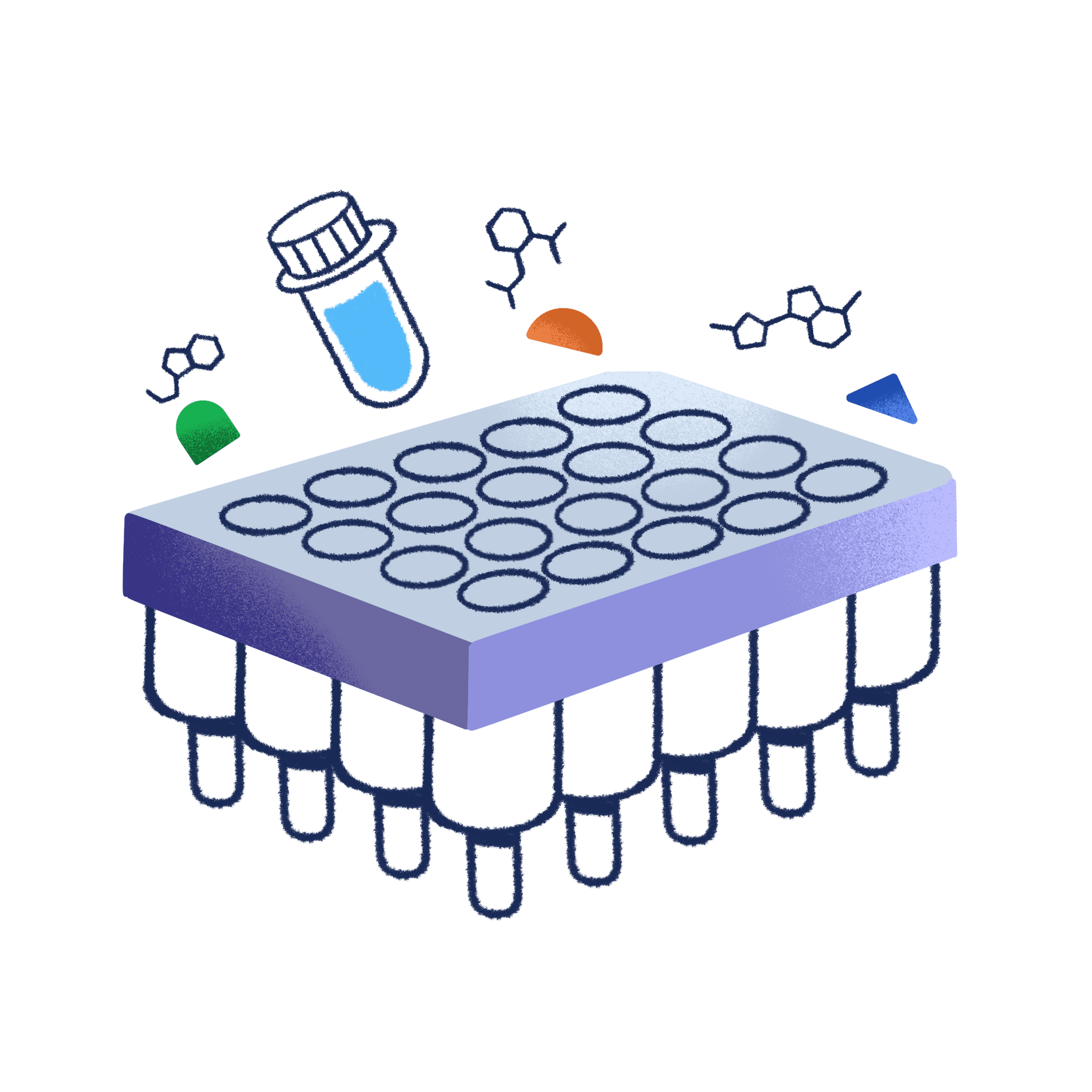Liquid chromatography-mass spectrometry (LC-MS) sample analysis includes study samples that are polar, ionic, large, thermally unstable, non-volatile, or that need to be derivatized. Typical LC-MS samples are peptides, steroids, nucleotides, fatty acids, alcohol, hormones, and dyes. Hence, LC-MS assays are employed differentially in pharmacokinetics, metabolomics, proteomics, and drug development.
The liquid chromatography component first separates study components before introducing them into mass spectrometers, where they are detected based on their mass-to-charge ratio. However, study samples are treated before injecting them into LC-MS systems. These sample preparation techniques include solid phase extraction, liquid-liquid extraction, organic solvent extraction, and ion exchange chromatography. The current article discusses the trends and innovations in LC-MS sample preparation. However, similar to cell-based assays, LC-MS laboratories should focus on adequate LC-MS method validation and development to ensure reliable and accurate analysis.
Innovations in LC-MS sample preparation
Today, next-generation MS detectors can analyze samples present at low concentrations without prior enrichment. On the other hand, regulatory bodies are putting increasing pressure on LC-MS testing laboratories for results. Hence, modern solutions such as phospholipid removal and protein precipitation are developed for removing matrix components and achieving the highest degree of cleanliness with efficient recovery. Besides, newer trends in LC-MS sample preparation include sophisticated methods such as multi-layer solid phase extraction, automation, and integration of analytical workflows.
Today, companies are automating sample preparation through simple approaches such as standard preparation for liquid handling, agitation, and vial capping and decapping steps. Laboratories all around the world are implementing automated sample preparation techniques. These automated platforms are particularly beneficial for users as they can begin with basic workflows and extend the functions over time.
Downscaling is often needed for automation. Traditional standard operating procedures were developed for manual sample processing. Hence, they had large quantities of reagents, solvents, and samples. Downscaling and automation can cut costs around experimental chemicals and reduce exposure to hazardous substances.
Must Read: Validation and Quality Control in ELISA Services: Ensuring Reliable Results
As more LC-MS labs employ automation in sample preparation and clean-up, downsizing starting study samples and corresponding reagent volumes is now possible. Besides, combining different instruments used in sample preparation adds to the convenience of the overall experimental setup. Additionally, processes that simplify routine, complex workflows without decreasing analyte recovery are attracting increasing attention from all industries.
More researchers are incorporating sustainable and greener alternatives in sample preparation. Today, sustainable sample preparation methods are a necessity. Current global stretchers and challenges increase the requirement for sustainability in LC-MS testing. Hence, more researchers and scientists are embracing environmentally suitable sample preparation methods for the benefit of society, human health, and the environment.
Conclusion
With the goal of sustainable sample preparation approaches, the industry is expecting further miniaturization of tools and reduced environmental impact as the driving factors for new solutions in sample preparation techniques. With the advent of newer technology related to sample preparation, more and more bioanalytical laboratories will start replacing classical immunoassays with robust LC-MS systems. Hence, accelerated efforts are needed to embrace automated sample preparation solutions.











